Dacia burst onto the motoring scene a little over a decade ago with a range of incredibly cheap cars.
The original Dacia Duster cost less than £10,000 and other models had price tags as low as £7,000. It all seemed crazy.
“Buy cheap, buy twice” is the old adage. But that wasn’t the case with Dacia. A subsidiary of Renault, they used a range of the French company’s tried-and-tested engines.
While the most basic models (nicknamed UN spec because they were usually white) had hardly any standard equipment, mid and upper range models had sat nav, heated seats and other niceties.
Little wonder the Dacia Duster lifted the Scottish Car of the Year trophy in 2012.
A second generation Duster was launched in 2018. It was given an update in 2021 and then another facelift last year, when Dacia undertook a refresh of its entire range.
Amazing value
The result is a very good looking mid-sized SUV that makes all its competitors look overpriced. Inflation being what it is, the Duster is no longer available for under £10,000. However a start price of around £14,500 is incredible value for money in 2023. Even the high spec Journey version I spent a week with still came in at below £20,000.
Indeed, my test car cost just £100 more than an entry level Volkswagen Polo. Try fitting five people and a couple of dogs in one of those.
So how do they make it so cheap? And is it any good? One reason is it still sits on an old Renault Clio platform. Another is it doesn’t have sophisticated modern safety tech like lane departure warning. Although on Scotland’s twisty roads I find such systems make driving more dangerous with their distracting bleeping so I didn’t miss that feature.
My car came with a 1.0 litre, three cylinder petrol engine that develops 90hp. There are also 1.3 litre petrol units with 130 or 150hp and a 115hp 1.5 litre diesel.
The little 1.0 litre unit takes its time getting up to speed – it’ll be 13 seconds after you set off before you’re travelling at 60mph.
It struggles on steep hills or when fully laden, so if you regularly drive uphill or have a full complement of passengers it’s worth spending extra for one of the bigger engines. Many people are happy to go at a sedate pace, however, and if you only usually have one or two people in the car it’ll be absolutely fine.
Spacious interior
The interior has a central touchscreen and user friendly dials for temperature and fan controls. The plastics aren’t as soft touch as some rivals and the cup holder is a joke but apart from that there isn’t a lot to criticise.
Headroom is excellent front and rear, and three average sized adults will fit in the back. At 475 litres and with a nice flat load space, the boot is excellent.
On the road, the Dacia Duster is absolutely fine. It’s not as refined as a Mazda CX-5 or a Hyundai Tucson but it’s not agricultural either. At 60mph and above there’s a modicum of wind and tyre noise but it never gets too intrusive.
I suspect many people will be happy to put up with a less silent cabin and enjoy an extra £10,000 or £15,000 in their savings accounts over the cost of one of the models above.
Meanwhile, handling is surprisingly good. Show the Duster a corner and it’ll tuck in nicely, gripping and remaining fairly flat.
Petrolheads are not going to love the Dacia Duster. It’s far from the last word in luxury and refinement. Badge snobs are even less likely to buy one.
But anyone who wants a well-built modern car for a fabulously cheap price will be delighted.
Facts
Price: £19,795
0-62mph: 13.1 seconds
Top speed: 103mph
Economy: 45.6mpg
CO2 emissions: 140g/km
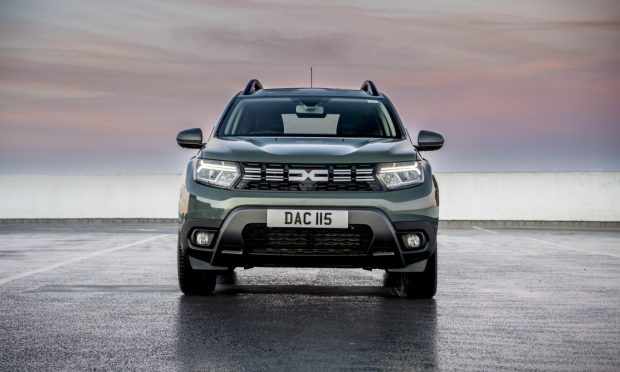
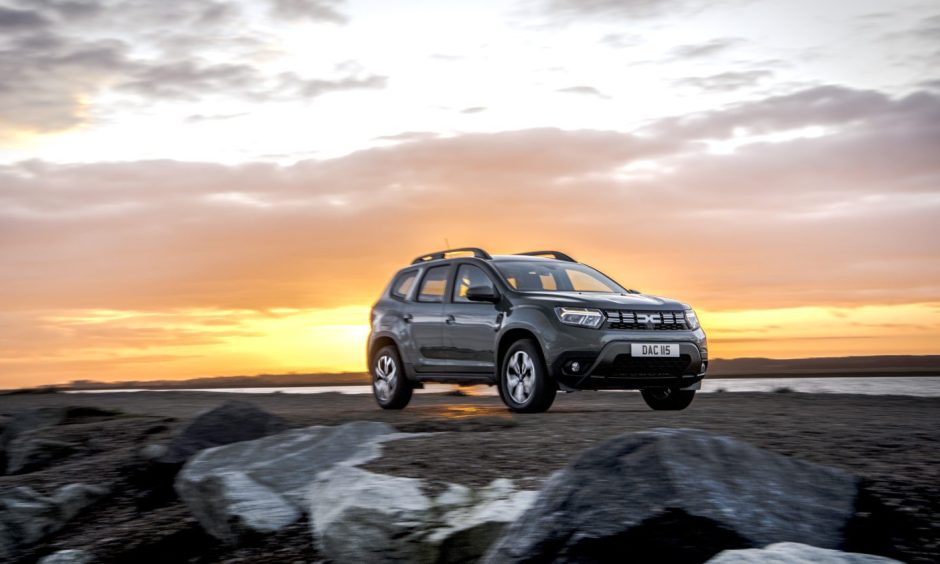
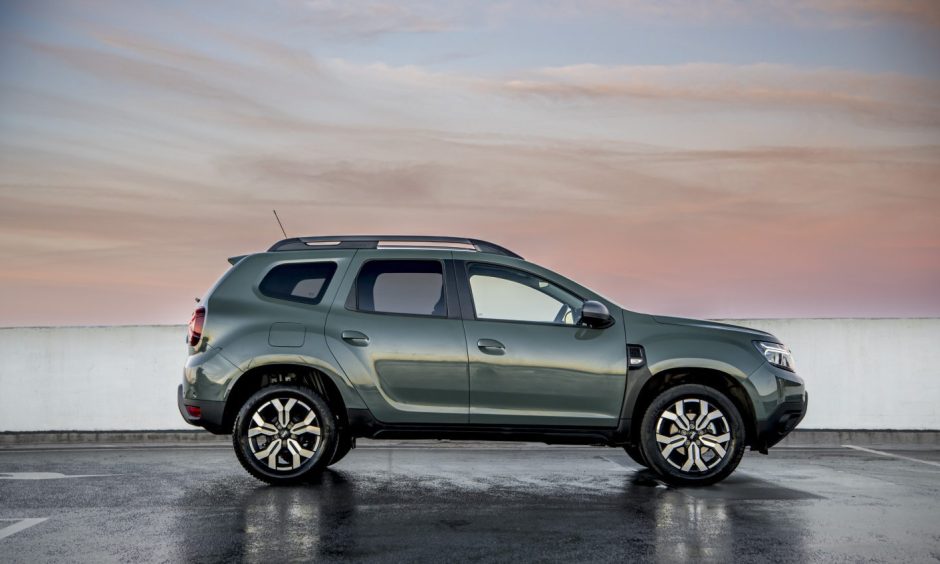

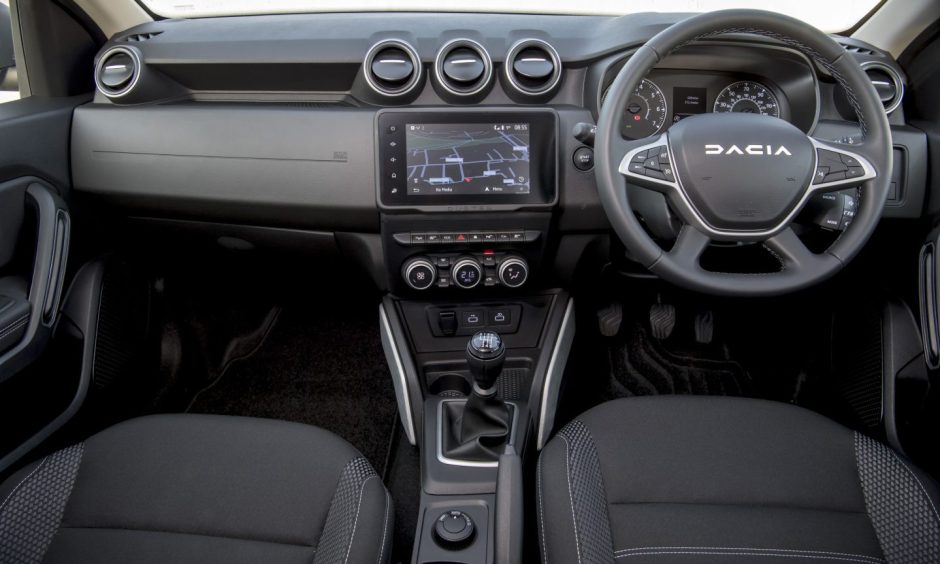

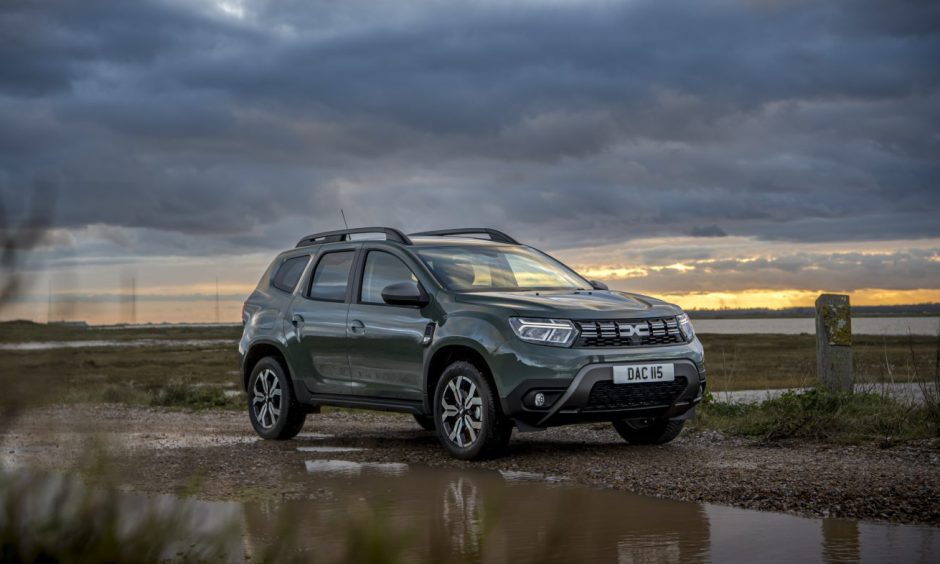
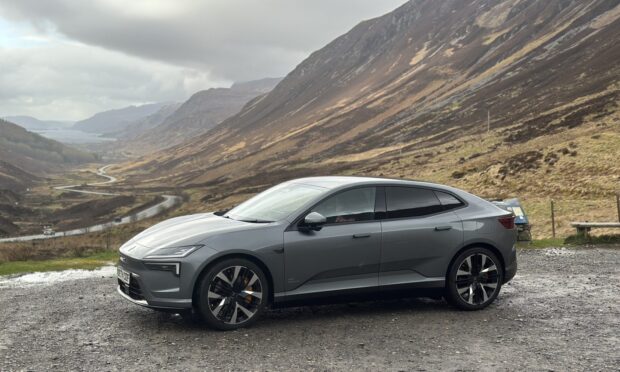
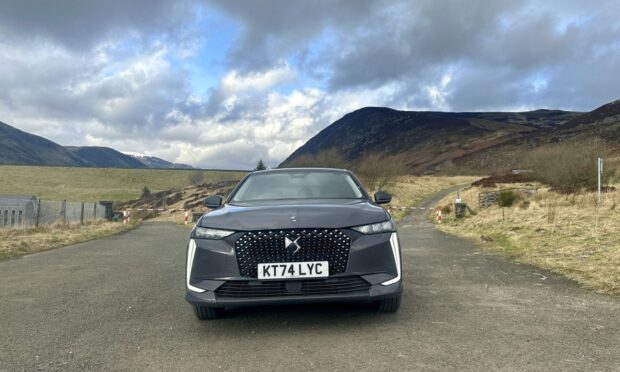
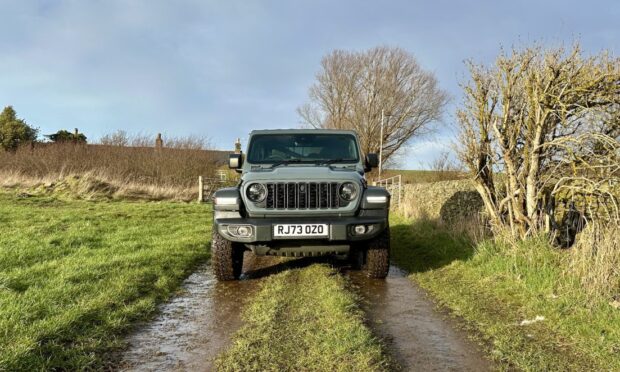
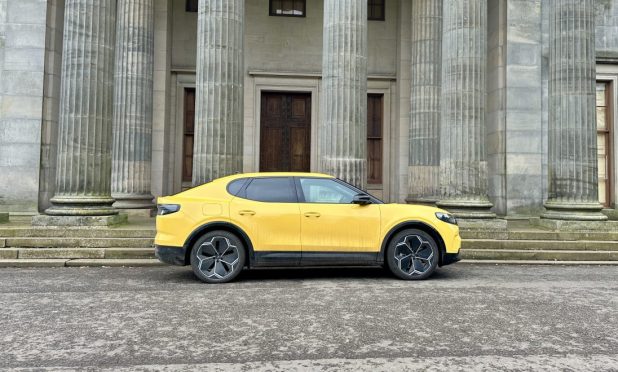

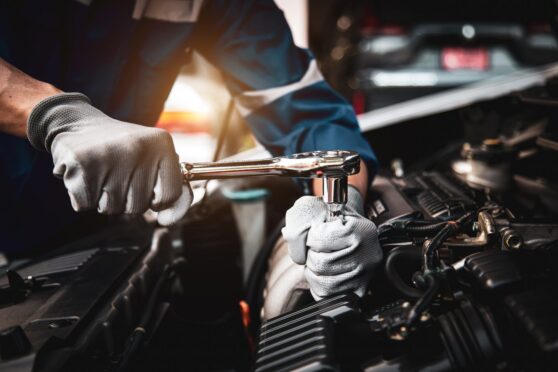
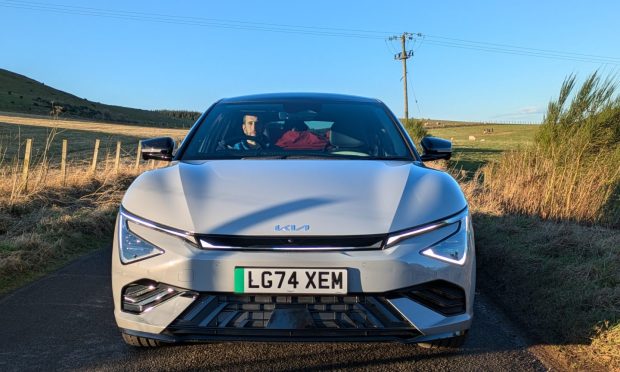
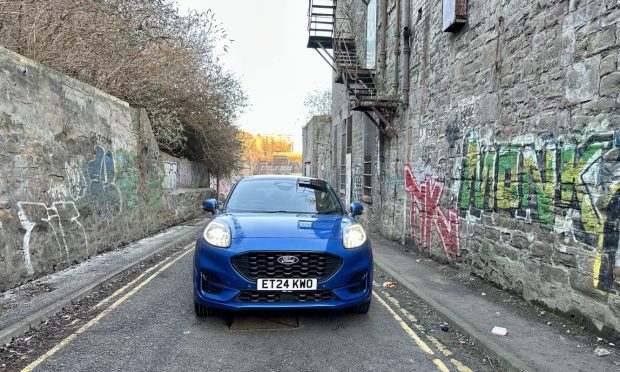
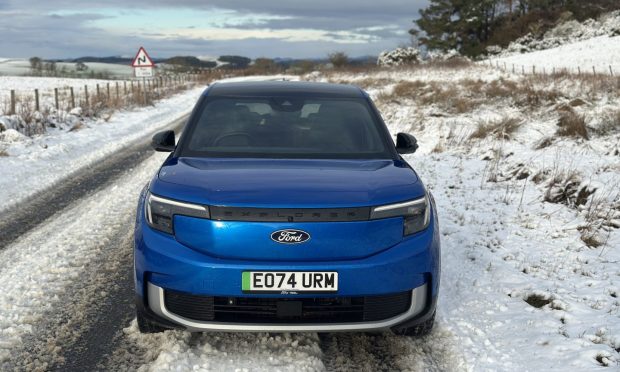

Conversation